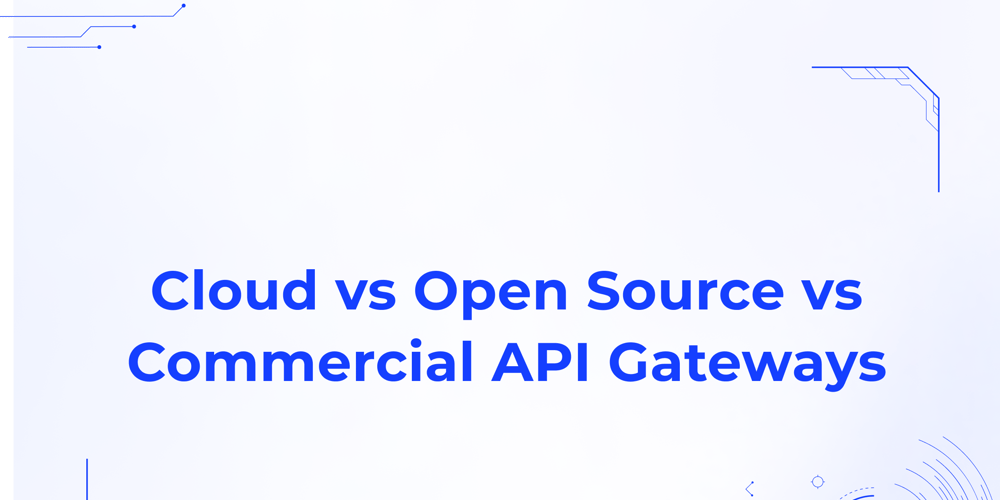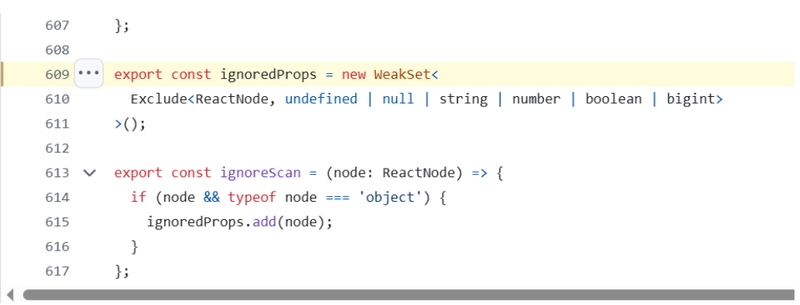Implementing an effective Application Security Programm: Strategies, techniques, and Tools for Optimal results
AppSec is a multifaceted, robust method that goes beyond simple vulnerability scanning and remediation. The constantly evolving threat landscape, coupled with the rapid pace of technological advancement and the growing complexity of software architectures demands a holistic, proactive approach that seamlessly incorporates security into every phase of the development lifecycle. This comprehensive guide will help you understand the fundamental components, best practices and cutting-edge technology that help to create the highly effective AppSec program. It empowers companies to improve their software assets, reduce the risk of attacks and create a security-first culture. The underlying principle of a successful AppSec program is a fundamental shift in thinking that views security as an integral aspect of the process of development rather than a secondary or separate endeavor. This paradigm shift requires an intensive collaboration between security teams, developers, and operations personnel, breaking down silos and fostering a shared belief in the security of applications they create, deploy and manage. DevSecOps helps organizations incorporate security into their development processes. This means that security is considered throughout the process, from ideation, design, and deployment, all the way to regular maintenance. This collaborative approach relies on the creation of security standards and guidelines which provide a framework to secure programming, threat modeling and vulnerability management. These guidelines must be based on industry best practices such as the OWASP top ten, NIST guidelines and the CWE. They should be mindful of the distinct requirements and risk specific to an organization's application and their business context. These policies could be codified and made easily accessible to all stakeholders, so that organizations can have a uniform, standardized security policy across their entire collection of applications. To make these policies operational and make them actionable for the development team, it is vital to invest in extensive security education and training programs. These programs should provide developers with knowledge and skills to write secure codes and identify weaknesses and follow best practices for security throughout the development process. The training should cover a variety of topics, including secure coding and the most common attacks, as well as threat modeling and security-based architectural design principles. The best organizations can lay a strong base for AppSec through fostering a culture that encourages continuous learning, and giving developers the resources and tools they need to integrate security in their work. Security testing is a must for organizations. and verification procedures along with training to identify and fix vulnerabilities prior to exploiting them. This requires a multilayered approach that includes static and dynamic analysis methods in addition to manual code reviews and penetration testing. The development phase is in its early phases static Application Security Testing tools (SAST) are a great tool to discover vulnerabilities like SQL Injection, Cross-Site Scripting (XSS) and buffer overflows. Dynamic Application Security Testing tools (DAST) on the other hand, can be used to simulate attacks against applications in order to identify vulnerabilities that might not be identified by static analysis. ai in application security These tools for automated testing can be very useful for finding weaknesses, but they're far from being an all-encompassing solution. manual penetration testing performed by security experts is equally important in identifying business logic-related flaws that automated tools may fail to spot. When you combine automated testing with manual verification, companies can achieve a more comprehensive view of their overall security position and make a decision on the best remediation strategy based upon the impact and severity of identified vulnerabilities. To increase the effectiveness of the effectiveness of an AppSec program, companies should consider leveraging advanced technologies such as artificial intelligence (AI) and machine learning (ML) to augment their security testing and vulnerability management capabilities. AI-powered tools are able to analyze huge amounts of code as well as application data, and identify patterns and abnormalities that could signal security vulnerabilities. These tools can also learn from previous vulnerabilities and attack patterns, continuously improving their ability to detect and avoid emerging security threats. Code property graphs are a promising AI application that is currently in AppSec. They can be used to detect and fix vulnerabilities more accurately and effectively. CPGs are a comprehensive, semantic representation of an application's codebase. They can capture not just the syntactic structure of the code, but additionally the intricate relationships and depen
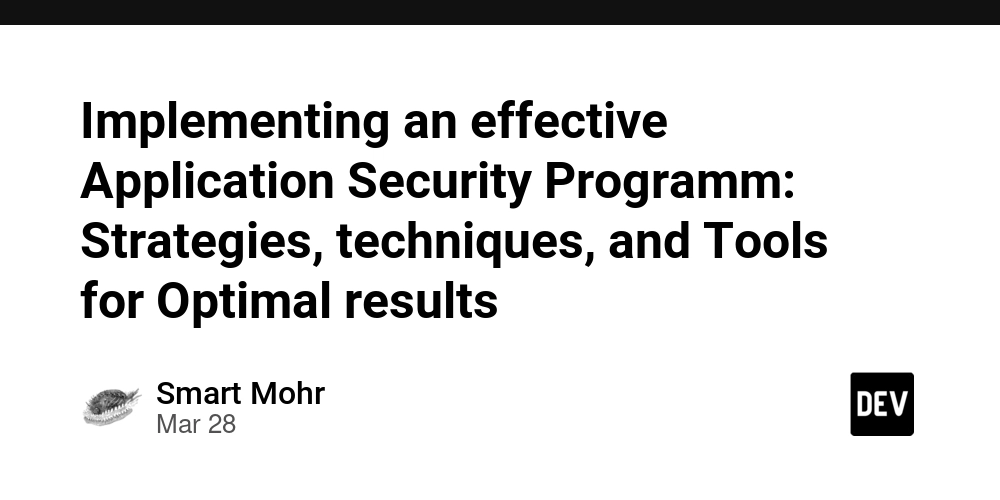
AppSec is a multifaceted, robust method that goes beyond simple vulnerability scanning and remediation. The constantly evolving threat landscape, coupled with the rapid pace of technological advancement and the growing complexity of software architectures demands a holistic, proactive approach that seamlessly incorporates security into every phase of the development lifecycle. This comprehensive guide will help you understand the fundamental components, best practices and cutting-edge technology that help to create the highly effective AppSec program. It empowers companies to improve their software assets, reduce the risk of attacks and create a security-first culture.
The underlying principle of a successful AppSec program is a fundamental shift in thinking that views security as an integral aspect of the process of development rather than a secondary or separate endeavor. This paradigm shift requires an intensive collaboration between security teams, developers, and operations personnel, breaking down silos and fostering a shared belief in the security of applications they create, deploy and manage. DevSecOps helps organizations incorporate security into their development processes. This means that security is considered throughout the process, from ideation, design, and deployment, all the way to regular maintenance.
This collaborative approach relies on the creation of security standards and guidelines which provide a framework to secure programming, threat modeling and vulnerability management. These guidelines must be based on industry best practices such as the OWASP top ten, NIST guidelines and the CWE. They should be mindful of the distinct requirements and risk specific to an organization's application and their business context. These policies could be codified and made easily accessible to all stakeholders, so that organizations can have a uniform, standardized security policy across their entire collection of applications.
To make these policies operational and make them actionable for the development team, it is vital to invest in extensive security education and training programs. These programs should provide developers with knowledge and skills to write secure codes and identify weaknesses and follow best practices for security throughout the development process. The training should cover a variety of topics, including secure coding and the most common attacks, as well as threat modeling and security-based architectural design principles. The best organizations can lay a strong base for AppSec through fostering a culture that encourages continuous learning, and giving developers the resources and tools they need to integrate security in their work.
Security testing is a must for organizations. and verification procedures along with training to identify and fix vulnerabilities prior to exploiting them. This requires a multilayered approach that includes static and dynamic analysis methods in addition to manual code reviews and penetration testing. The development phase is in its early phases static Application Security Testing tools (SAST) are a great tool to discover vulnerabilities like SQL Injection, Cross-Site Scripting (XSS) and buffer overflows. Dynamic Application Security Testing tools (DAST) on the other hand, can be used to simulate attacks against applications in order to identify vulnerabilities that might not be identified by static analysis.
ai in application security These tools for automated testing can be very useful for finding weaknesses, but they're far from being an all-encompassing solution. manual penetration testing performed by security experts is equally important in identifying business logic-related flaws that automated tools may fail to spot. When you combine automated testing with manual verification, companies can achieve a more comprehensive view of their overall security position and make a decision on the best remediation strategy based upon the impact and severity of identified vulnerabilities.
To increase the effectiveness of the effectiveness of an AppSec program, companies should consider leveraging advanced technologies such as artificial intelligence (AI) and machine learning (ML) to augment their security testing and vulnerability management capabilities. AI-powered tools are able to analyze huge amounts of code as well as application data, and identify patterns and abnormalities that could signal security vulnerabilities. These tools can also learn from previous vulnerabilities and attack patterns, continuously improving their ability to detect and avoid emerging security threats.
Code property graphs are a promising AI application that is currently in AppSec. They can be used to detect and fix vulnerabilities more accurately and effectively. CPGs are a comprehensive, semantic representation of an application's codebase. They can capture not just the syntactic structure of the code, but additionally the intricate relationships and dependencies between different components. Through the use of CPGs artificial intelligence-powered tools, they are able to conduct a deep, contextual analysis of an application's security posture, identifying vulnerabilities that may be missed by traditional static analysis techniques.
Additionally, CPGs can enable automated vulnerability remediation with the use of AI-powered repair and transformation methods. AI algorithms can produce targeted, contextual solutions by studying the semantic structure and the nature of vulnerabilities that are identified. This lets them address the root causes of an issue, rather than fixing its symptoms. This technique will not only speed up process of remediation, but also minimizes the chance of breaking functionality or creating new vulnerability.
autonomous AI Another aspect that is crucial to an efficient AppSec program is the incorporation of security testing and verification into the continuous integration and continuous deployment (CI/CD) pipeline. By automating security tests and integrating them into the process of building and deployment organizations can detect vulnerabilities earlier and stop them from being introduced into production environments. The shift-left approach to security provides faster feedback loops and reduces the time and effort needed to identify and fix issues.
In order for organizations to reach the required level, they need to invest in the right tools and infrastructure that will aid their AppSec programs. This does not only include the security testing tools but also the platforms and frameworks that facilitate seamless automation and integration. Containerization technologies such as Docker and Kubernetes play a significant role in this regard, since they offer a reliable and consistent environment for security testing and separating vulnerable components.
Alongside technical tools efficient communication and collaboration platforms are vital to creating security-focused culture and allow teams of all kinds to collaborate effectively. Jira and GitLab are problem tracking systems that allow teams to monitor and prioritize weaknesses. Tools for messaging and chat like Slack and Microsoft Teams facilitate real-time knowledge sharing and communication between security professionals.
The success of the success of an AppSec program does not rely only on the tools and technologies employed, but also the employees and processes that work to support the program. The development of a secure, well-organized culture requires leadership commitment as well as clear communication and an effort to continuously improve. By fostering a sense of sharing responsibility, promoting open dialogue and collaboration, as well as providing the resources and support needed, organizations can make sure that security is more than something to be checked, but a vital element of the process of development.
To ensure long-term viability of their AppSec program, companies must also focus on establishing meaningful measures and key performance indicators (KPIs) to track their progress and pinpoint areas of improvement. These metrics should encompass the entire lifecycle of an application starting from the number of vulnerabilities identified in the development phase to the time required to fix problems and the overall security status of applications in production. These indicators can be used to demonstrate the benefits of AppSec investment, spot patterns and trends and assist organizations in making data-driven choices about the areas they should concentrate on their efforts.
To stay on top of the ever-changing threat landscape and the latest best practices, companies must continue to pursue education and training. Attending industry events as well as online training or working with security experts and researchers from outside can allow you to stay informed on the latest developments. Through fostering a continuous training culture, organizations will ensure that their AppSec applications are able to adapt and remain resistant to the new challenges and threats.
It is also crucial to realize that security of applications is not a one-time effort but a continuous process that requires sustained dedication and investments. As new technology emerges and development methods evolve and change, companies need to constantly review and revise their AppSec strategies to ensure that they remain relevant and in line with their goals for business. By adopting a strategy that is constantly improving, fostering cooperation and collaboration, and leveraging the power of modern technologies such as AI and CPGs, businesses can build a robust, flexible AppSec program that not only protects their software assets but also helps them create with confidence in an increasingly complex and challenging digital world.
ai in application security













































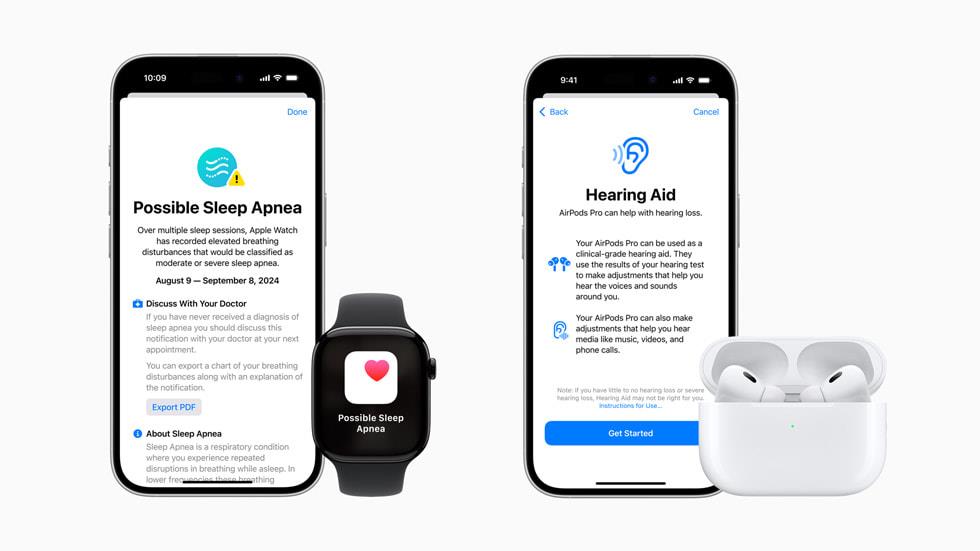
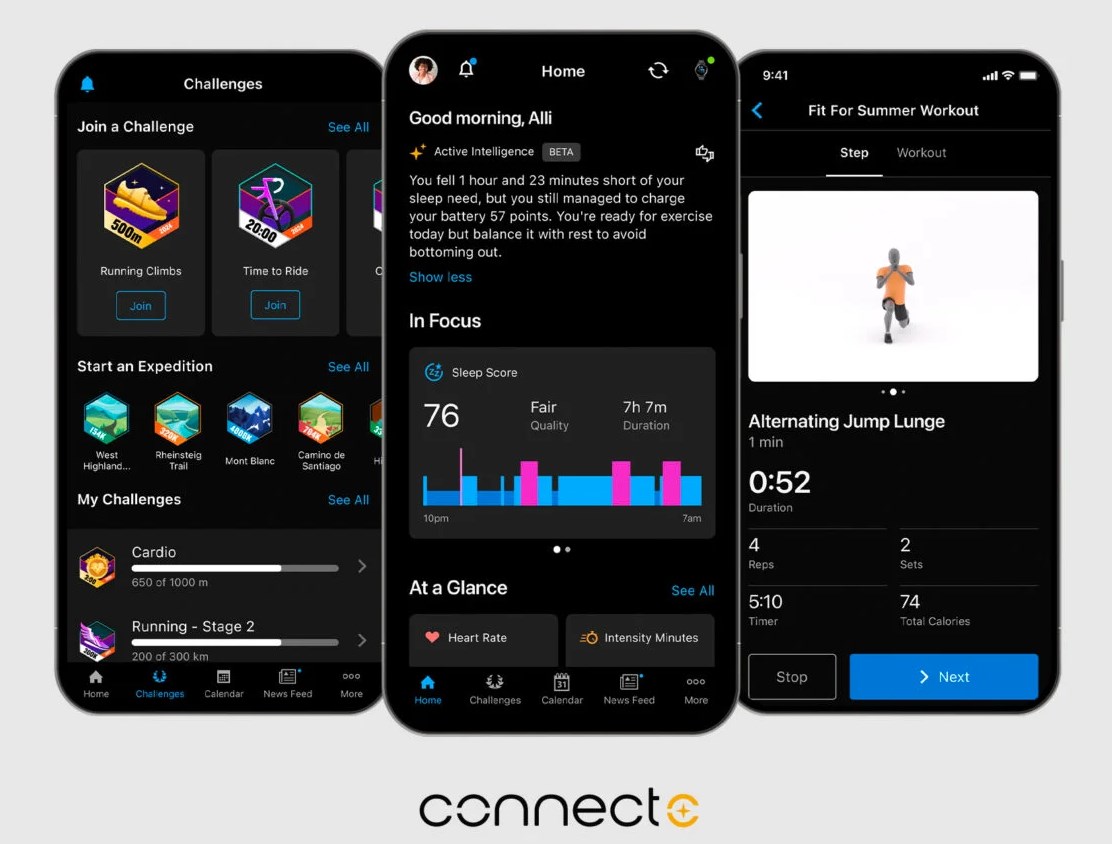
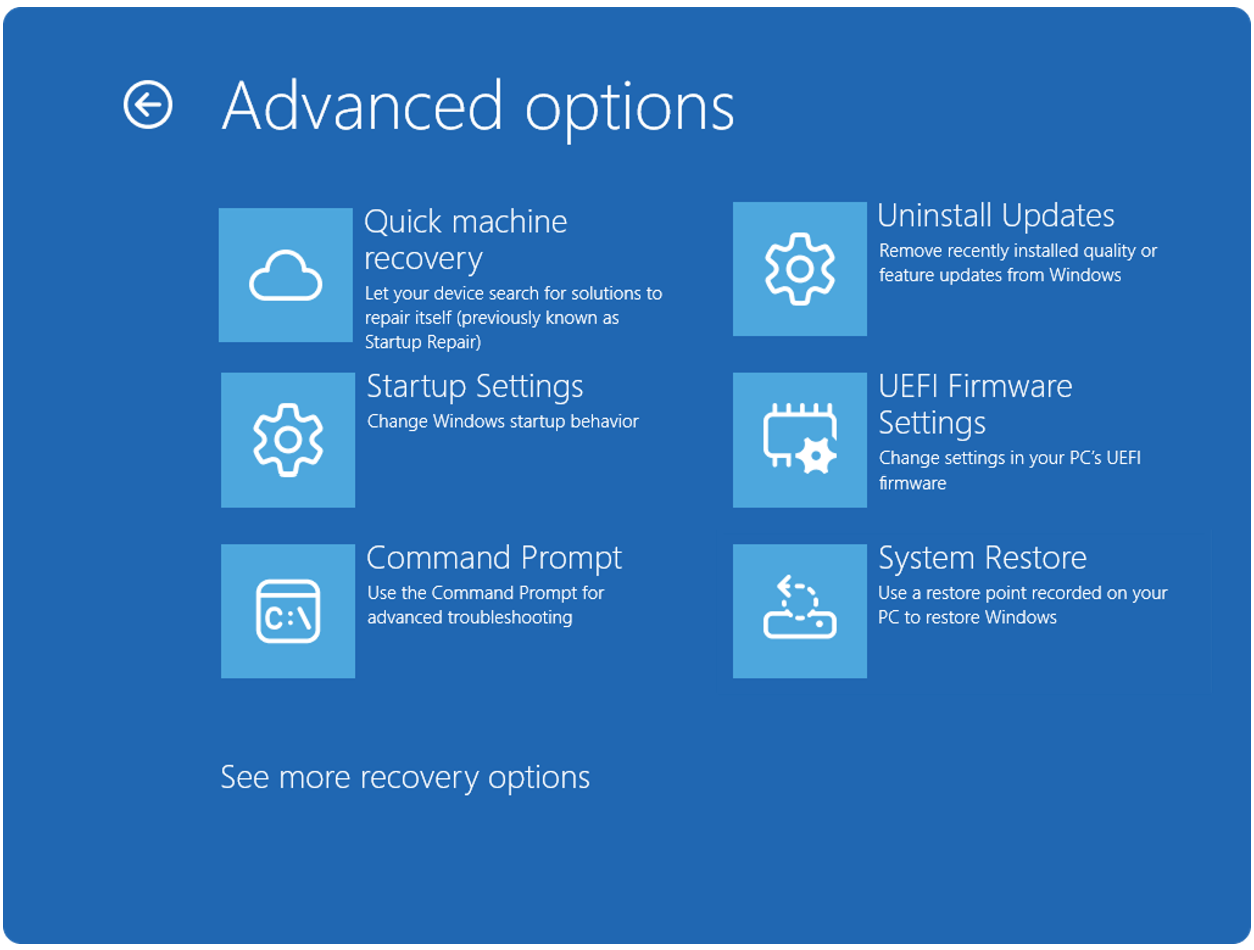



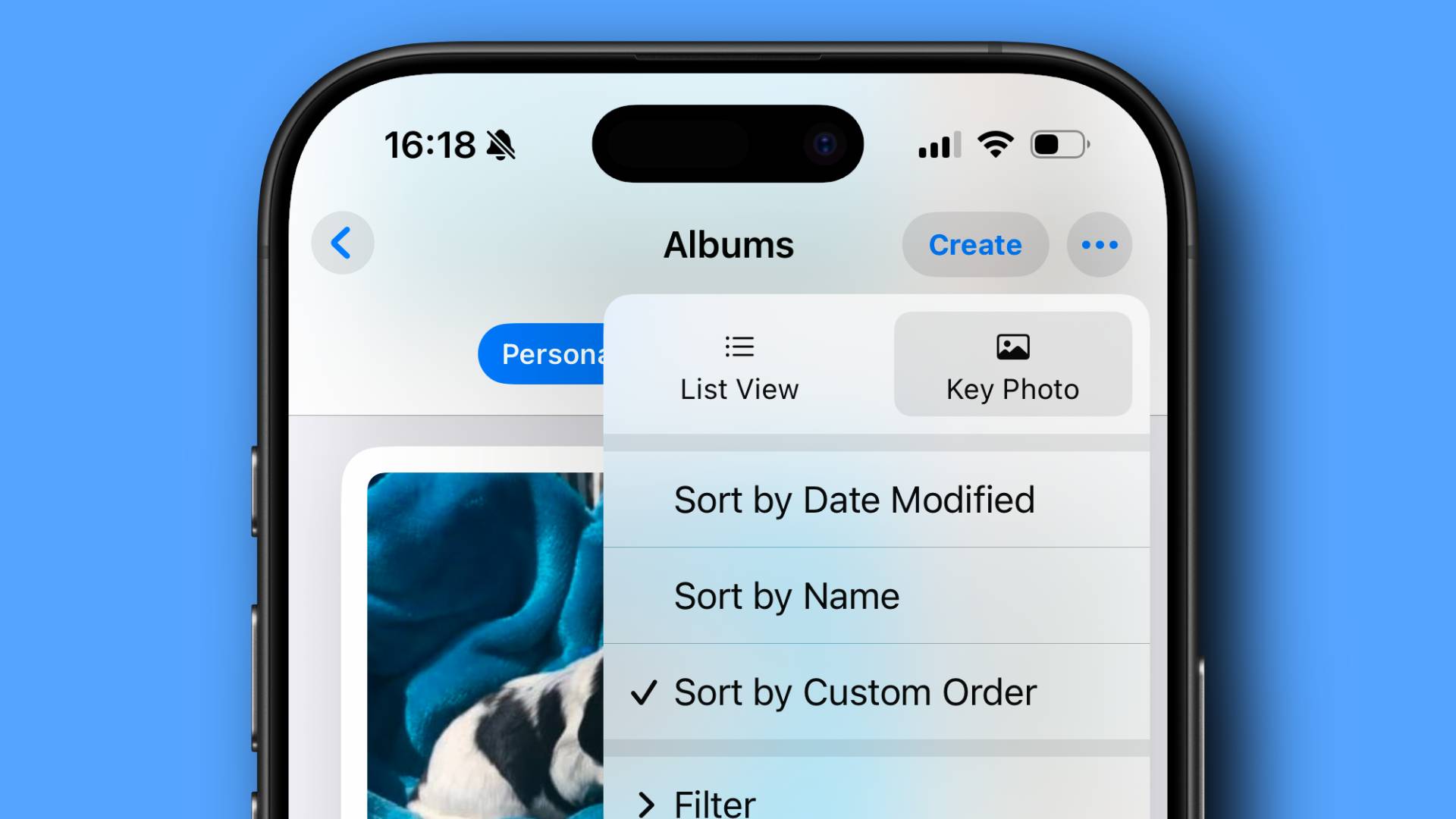













![Apple's M5 iPad Pro Enters Advanced Testing for 2025 Launch [Gurman]](https://www.iclarified.com/images/news/96865/96865/96865-640.jpg)
![M5 MacBook Pro Set for Late 2025, Major Redesign Waits Until 2026 [Gurman]](https://www.iclarified.com/images/news/96868/96868/96868-640.jpg)
![Apple to Revamp Health App with AI-Powered Doctor [Gurman]](https://www.iclarified.com/images/news/96870/96870/96870-640.jpg)

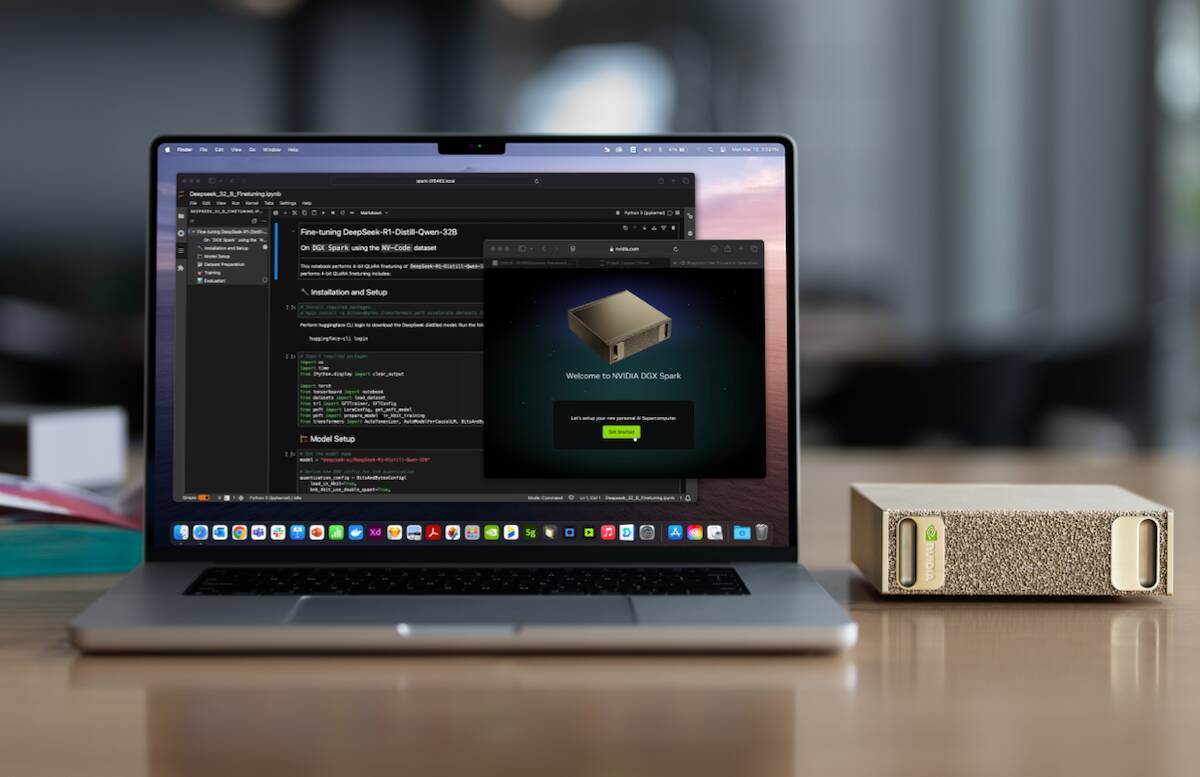
















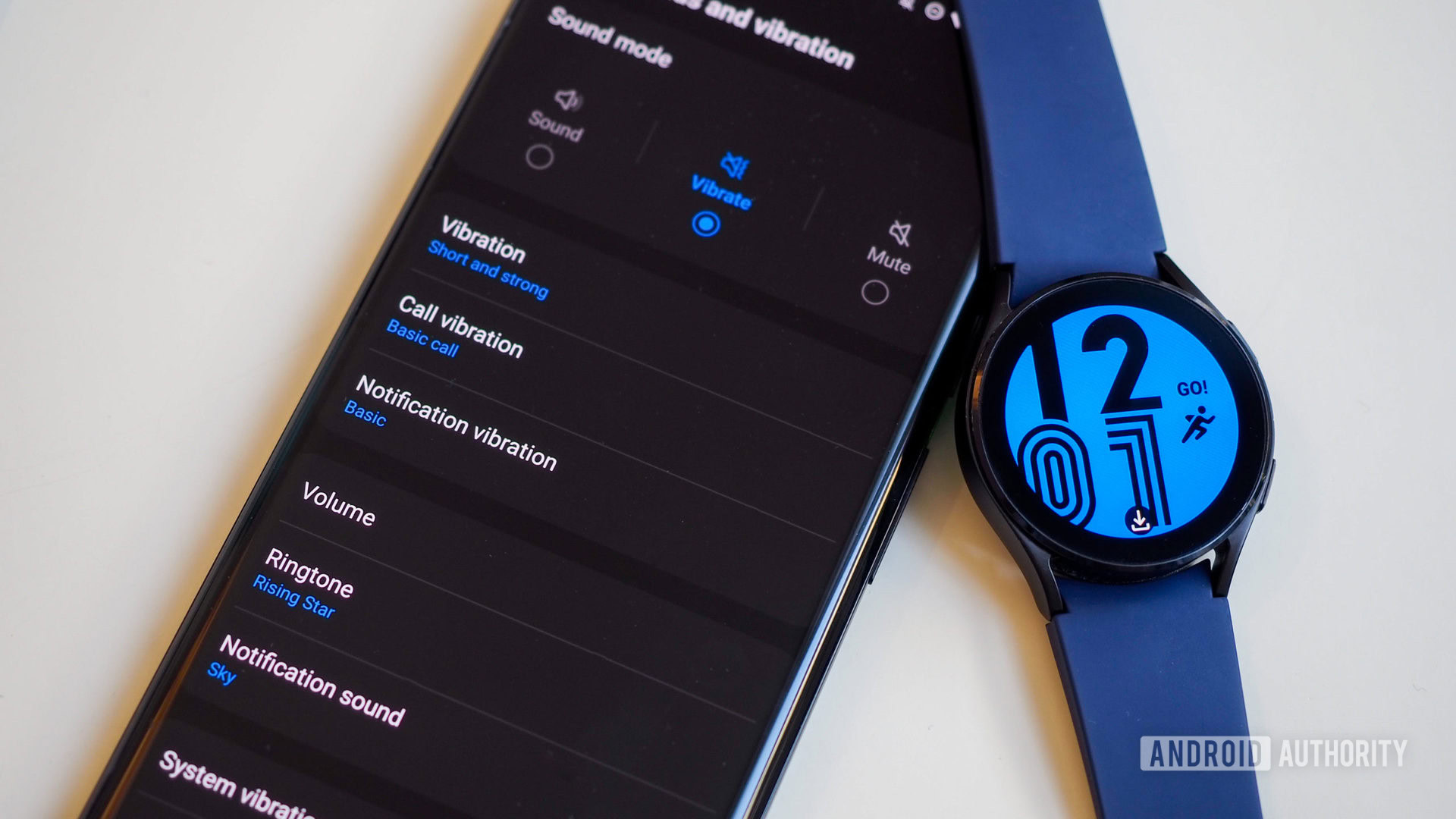




























































































































































![[The AI Show Episode 141]: Road to AGI (and Beyond) #1 — The AI Timeline is Accelerating](https://www.marketingaiinstitute.com/hubfs/ep%20141.1.png)
![[The AI Show Episode 140]: New AGI Warnings, OpenAI Suggests Government Policy, Sam Altman Teases Creative Writing Model, Claude Web Search & Apple’s AI Woes](https://www.marketingaiinstitute.com/hubfs/ep%20140%20cover.png)
![[The AI Show Episode 139]: The Government Knows AGI Is Coming, Superintelligence Strategy, OpenAI’s $20,000 Per Month Agents & Top 100 Gen AI Apps](https://www.marketingaiinstitute.com/hubfs/ep%20139%20cover-2.png)
























































































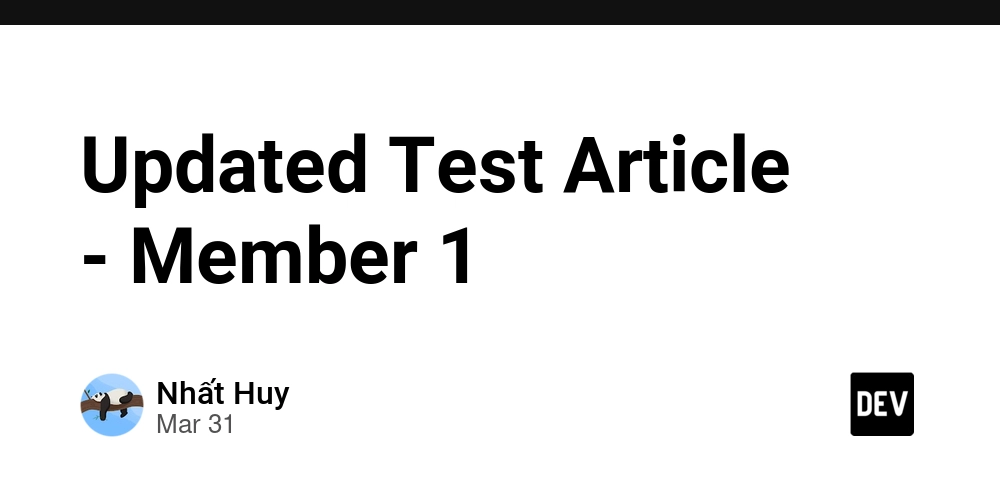




































![From broke musician to working dev. How college drop-out Ryan Furrer taught himself to code [Podcast #166]](https://cdn.hashnode.com/res/hashnode/image/upload/v1743189826063/2080cde4-6fc0-46fb-b98d-b3d59841e8c4.png?#)






![[FREE EBOOKS] The Ultimate Linux Shell Scripting Guide, Artificial Intelligence for Cybersecurity & Four More Best Selling Titles](https://www.javacodegeeks.com/wp-content/uploads/2012/12/jcg-logo.jpg)






















.jpg?width=1920&height=1920&fit=bounds&quality=80&format=jpg&auto=webp#)


OSAMU-NAKAMURA.jpg?width=1920&height=1920&fit=bounds&quality=80&format=jpg&auto=webp#)






.png?#)















































